Timeless Elegance: A Journey Through Historic Irish Clothing and Fashion Heritage
by Marcus Harris on Jan 04, 2024
Table of Content
Introduction
The heritage of Historic Irish Clothing intricately weaves together a diverse story reflecting the country's cultural roots and climatic influences. Across the centuries, this unique fashion journey has unfolded—from early medieval times to contemporary styles, seamlessly blending indigenous traditions with external influences. Our exploration of Historic Irish Clothing delves into this rich historical evolution, spotlighting iconic pieces like the kilt and Aran sweater. These garments stand as timeless symbols, intricately tied to the essence of Irish sartorial identity.
Time-Tested Elegance: The Enduring Allure of Historic Irish Clothing
Early Medieval Ireland (10th-12th centuries)
During the early medieval period in Ireland, from the 10th to the 12th centuries, Historic Irish Clothing was significantly influenced by the local agricultural landscape. The mainstay fabrics were wool and linen, sourced from locally raised sheep and cultivated flax, owing to their availability, durability, and suitability to Ireland's climate.
This era's prevalent attire featured tunics and gowns, selected for their practicality in offering protection against the unpredictable Irish weather. The societal hierarchy found expression in clothing through embroidery and dyed colors, with intricate embellishments and vibrant hues reserved for the upper echelons, symbolizing wealth and status.
As society underwent transformations, so did fashion sensibilities. The 10th to 12th centuries marked the emergence of tapered silhouettes and close-fitting kirtles in Historic Irish Clothing. These garments, characterized by a more tailored fit, signaled a departure from the loose and flowing styles of earlier times. This shift not only reflected changes in aesthetic preferences but also showcased advancements in textile techniques and tailoring skills.
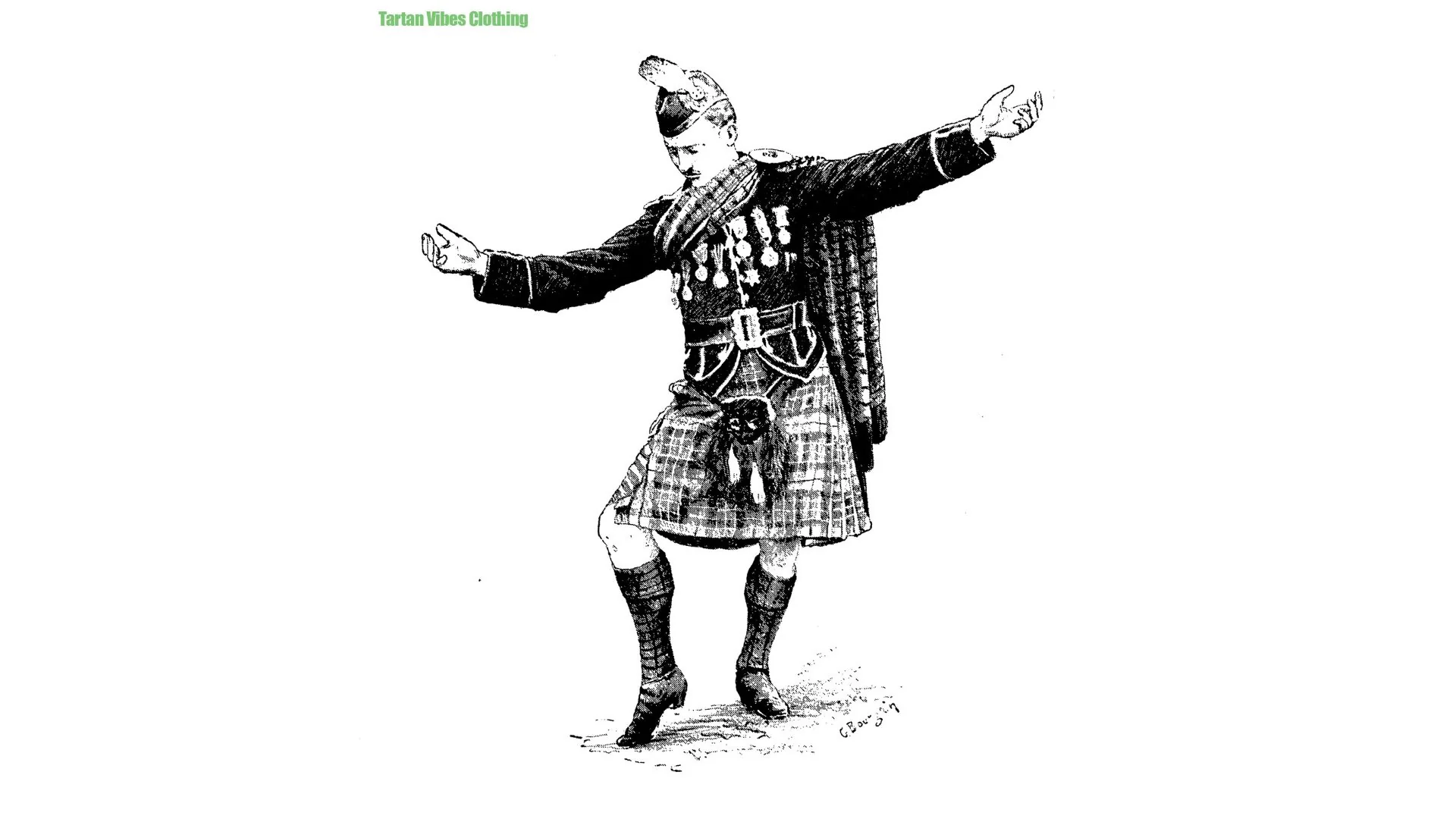
13th-14th centuries irish clothing
he 13th and 14th centuries ushered in a transformative era for Historic Irish Clothing. Twill-woven fabrics gained prominence, showcasing advancements in textile production techniques. During this time, international trade networks expanded, leading to the export of finer linens. Craft guilds played a pivotal role in refining garment construction, giving rise to padded tunics and houppelandes—oversized outer garments that became emblematic of the fashion trends of the period.
Despite these changes, rural garb, particularly for women, persisted. Practical wool garments adorned with embellishments remained favored. The attire of the time struck a balance between the demands of daily life and the desire for aesthetic expression. Additionally, durable brogue-style footwear was introduced, providing sturdy and reliable options for both urban and rural dwellers in this phase of Historic Irish Clothing evolution.
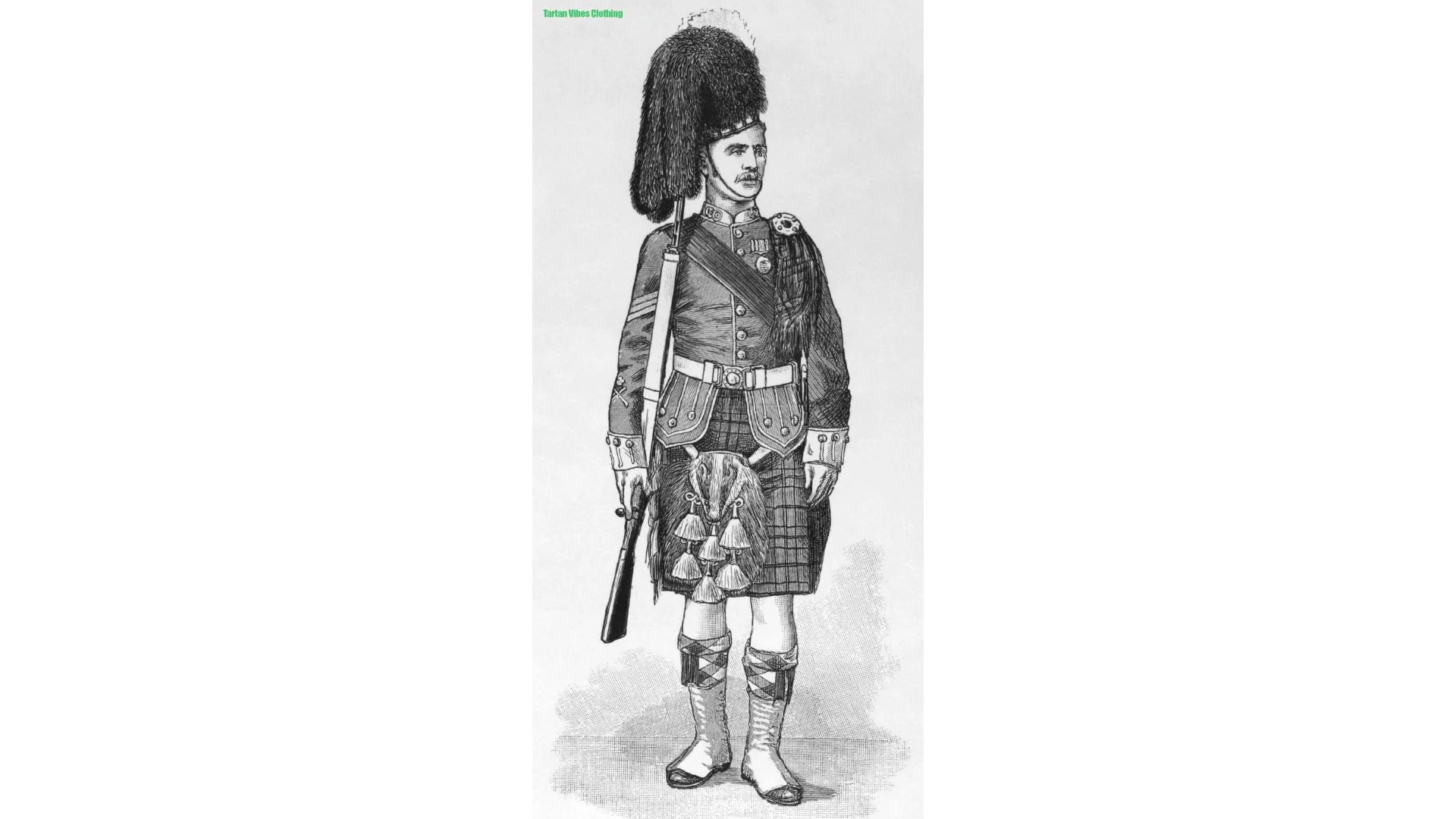
15th and 16th centuries irish clothing
In the 15th and 16th centuries, the convergence of the Renaissance and the cultivation of saffron left an indelible mark on Historic Irish Clothing. Saffron, a vibrant yellow dye, played a pivotal role in coloring garments, contributing to a unique visual identity. Renaissance influences ushered in a more elaborate and refined aesthetic, characterized by meticulous details and luxurious fabrics.
Elite fashion embraced lacework as a symbol of wealth and status, while common farmers opted for protective linen head caps, underscoring the practical aspects of clothing for manual labor.
The stratification of society found expression in clothing material, reinforcing one's rank. Mass textile production gained prevalence, expanding global exports and solidifying Ireland's standing in international trade.
A significant development during this period was the resurgence of traditional Highland plaid styles, serving as a form of political resistance. These garments, marked by distinct patterns and colors, not only embodied cultural identity but also conveyed a steadfast resistance to external influences.
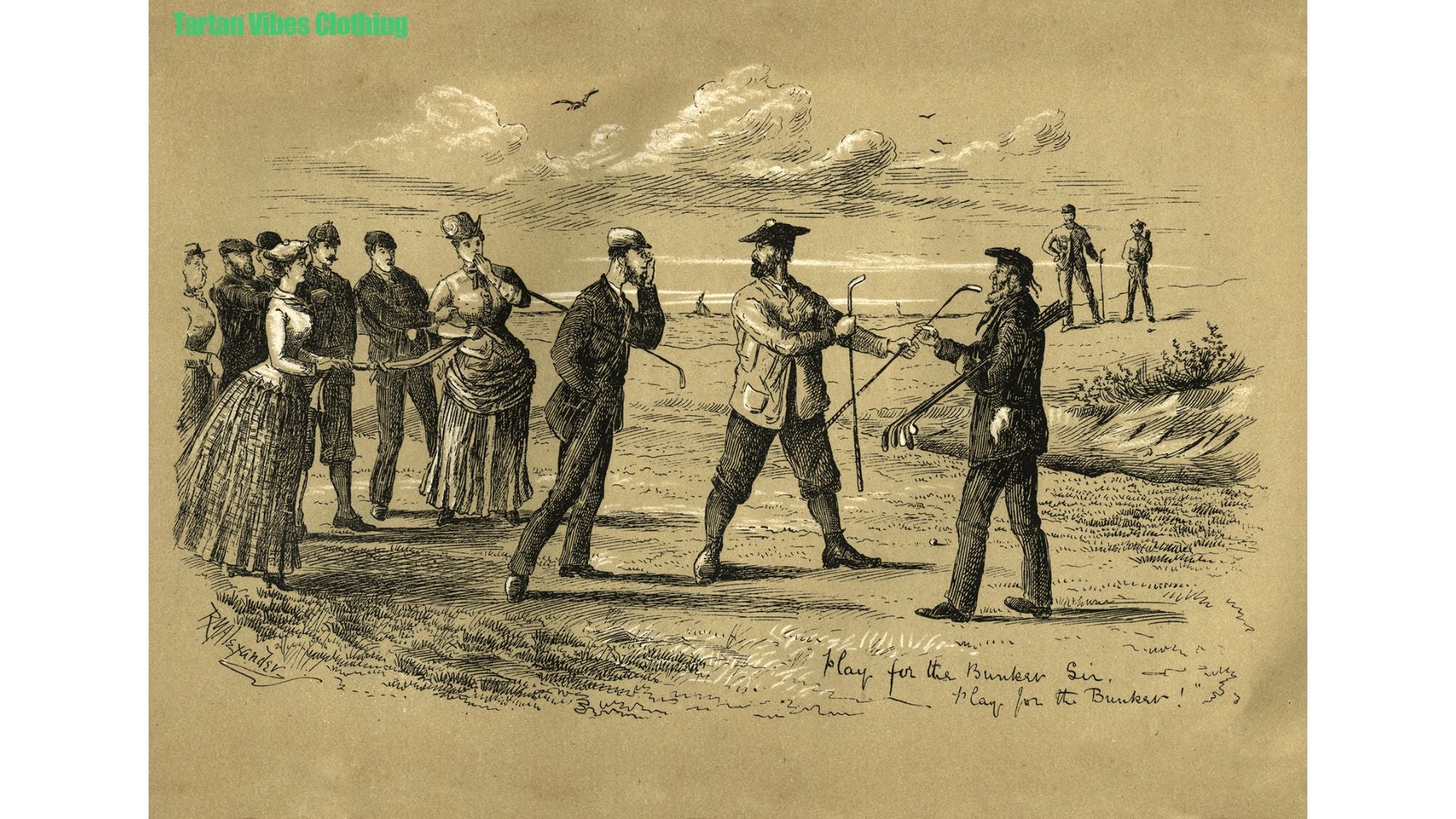
17th-century irish clothing
The 17th century marked a pivotal juncture in Historic Irish Clothing as the iconic belted plaid or kilt emerged as formal Gaelic attire. This distinctive garment, featuring a pleated and belted tartan cloth, became inseparable from Scottish and Irish cultural identity. Advancements in fabric technologies paved the way for more vibrant and intricate tartans, reflecting the regional nuances and clan affiliations of the wearers.
Amidst English colonization, the 1600s witnessed the development of versatile regional costume sets. Beyond serving as a form of resistance, these outfits stood as a powerful assertion of cultural identity. By incorporating traditional elements, they reinforced a profound sense of belonging and heritage within the Gaelic population.
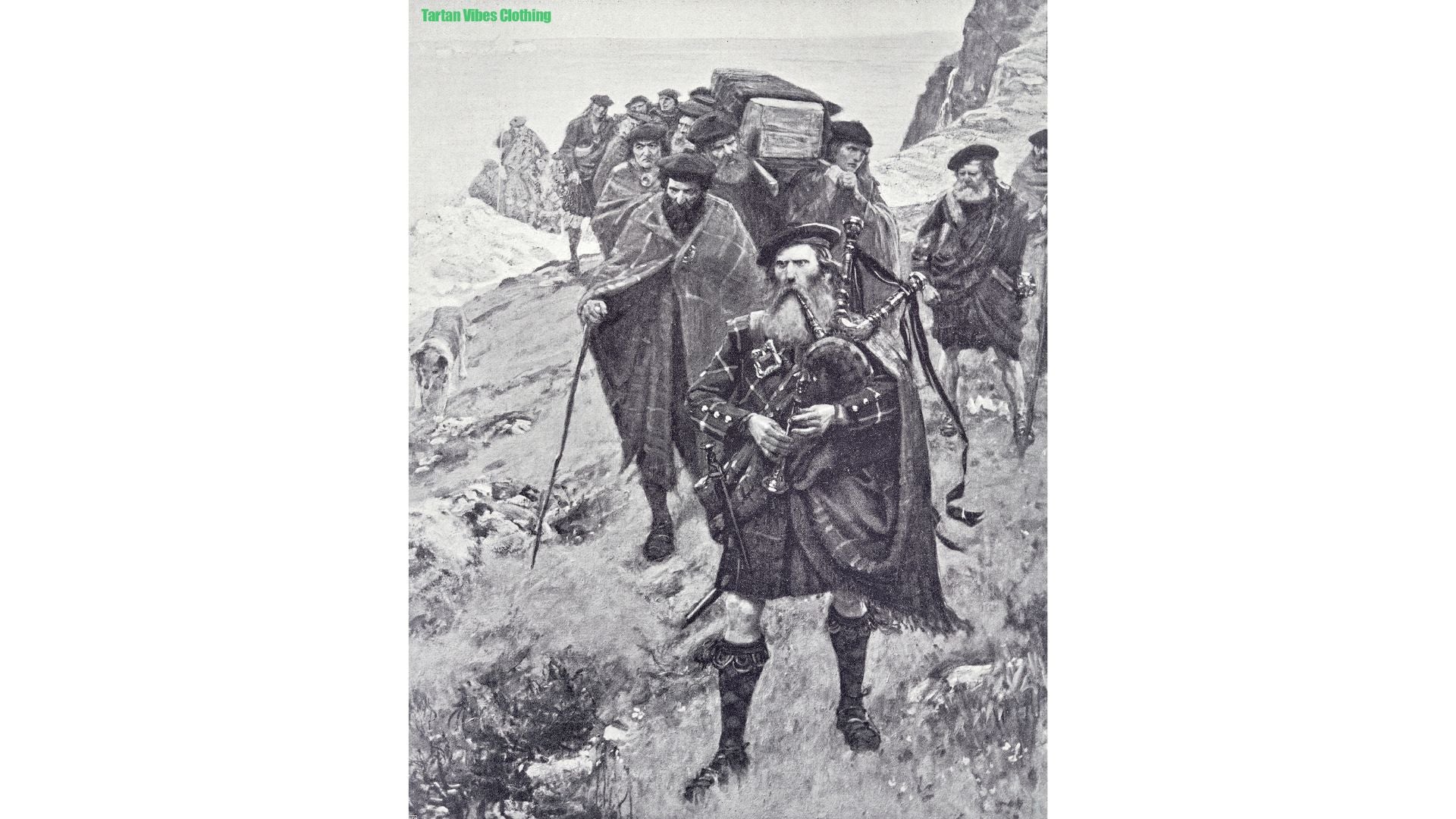
19th-century irish clothing
In the 19th century, Irish fashion underwent transformative shifts propelled by global trade and industrialization. The advent of industrial looms revolutionized manufacturing, enabling the mass production of textiles and garments. This period saw the introduction of the iconic Aran sweaters, distinguished by intricate cable patterns and motifs inspired by Fair Isle traditions.
Celebrating Celtic roots, knee-length kilts gained popularity, and the mass dyeing of cotton prints brought forth a vibrant array of patterns, adding diversity to the visual tapestry of Irish attire. Concurrently, the shaping of contemporary femininity was evident through the prevalence of fitted corsets, echoing the prevailing fashion ideals of the time.

20th-century irish clothing
The 20th century witnessed a notable evolution in Historic Irish Clothing, marked by the fusion of tradition and modernization. Tartan patterns, once synonymous with regional identities, found a new role in military dress codes, reinforcing their significance with added layers of symbolism—representing not only heritage but also resilience and strength.
The modernization of casual attire became apparent with the introduction of fabrics like khaki, signaling a departure from traditional materials in favor of practicality and comfort. Amidst these changes, the endurance of crafts remained a defining feature of Irish fashion. Cherished traditions, including intricate weaving and embroidery techniques, persisted, contributing to the safeguarding of cultural heritage.
Throughout the 20th century, Irish apparel evolved by harmonizing heritage with contemporary trends. The clothing landscape became a dynamic reflection of the nation's cultural identity, adapting to the times while maintaining a profound connection to its roots. This interplay between tradition and innovation yielded a diverse array of styles that eloquently spoke to the resilience and adaptability of Historic Irish Clothing.
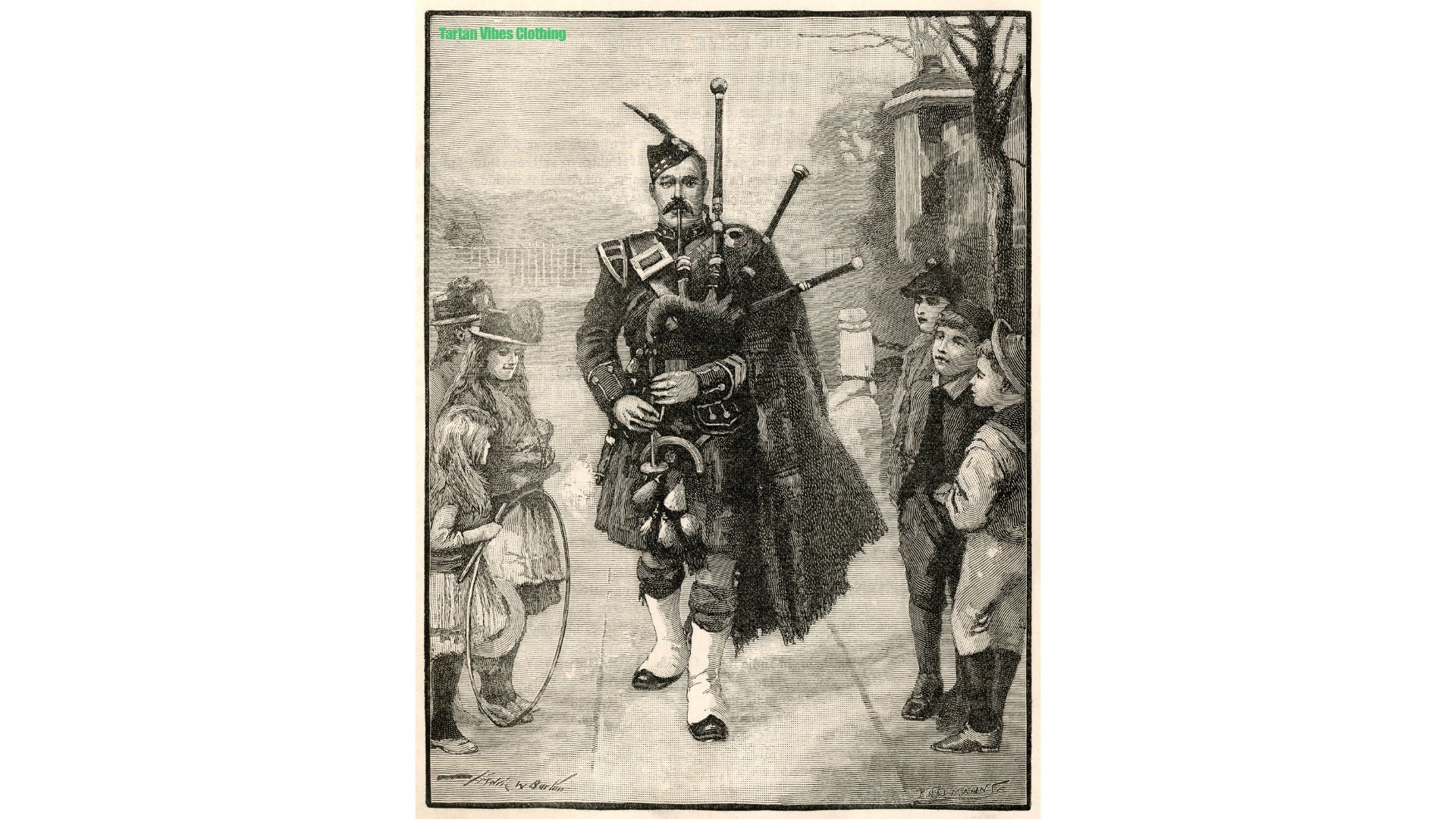
Conclusion
The journey of Historic Irish Clothing through the centuries serves as a symbolic narrative of cultural survival and renewal. From the early medieval period to the dynamic 20th century, Irish fashion has withstood changes in climate, social structures, and global influences. The adoption of iconic garments like the kilt, the development of intricate patterns in Aran sweaters, and the integration of traditional crafts into modern designs all contribute to a rich tapestry of Irish sartorial history.
Frequently Asked Questions
What is the significance of the kilt in Irish fashion?
The kilt holds cultural significance in Irish fashion, especially in the 17th century when it became formal Gaelic attire. It is characterized by a pleated and belted tartan cloth, symbolizing both heritage and resilience.
How did Irish fashion resist external influences during colonization?
Irish fashion resisted external influences during colonization through the development of versatile regional costume sets. These outfits served as a form of resistance, emphasizing traditional elements and asserting cultural identity.
Why were knee-length kilts and cotton prints significant in the 19th century?
Knee-length kilts gained popularity, and mass dyeing of cotton prints occurred in the 19th century, diversifying Irish attire. These trends reflected changes in fashion and the desire for a broader range of patterns.
What was the significance of the Aran sweater in the 19th century?
The 19th century marked the emergence of the iconic Aran sweaters, known for intricate cable patterns. These sweaters became a symbol of Irish fashion, representing a fusion of traditional craftsmanship and evolving design.
How did Irish fashion adapt to the challenges posed by changes in climate over the centuries?
Irish fashion adapted to changes in climate by choosing practical fabrics like wool and linen in response to the local agricultural landscape. The garments, such as tunics and gowns, were designed to provide protection against the unpredictable Irish weather.











